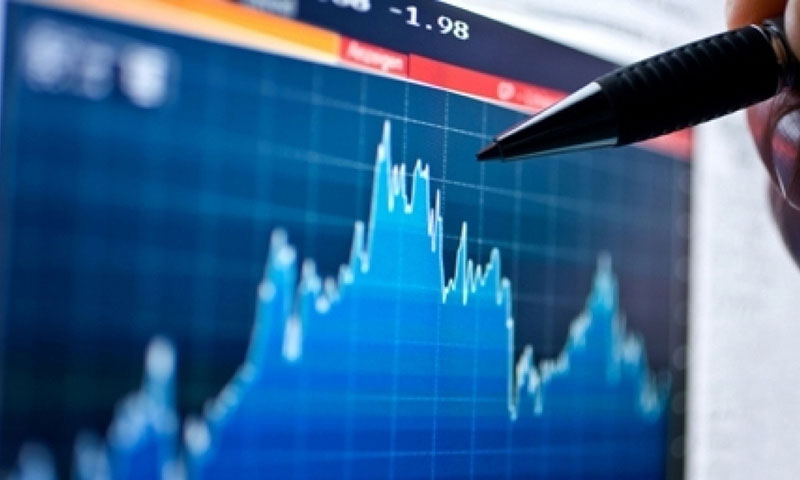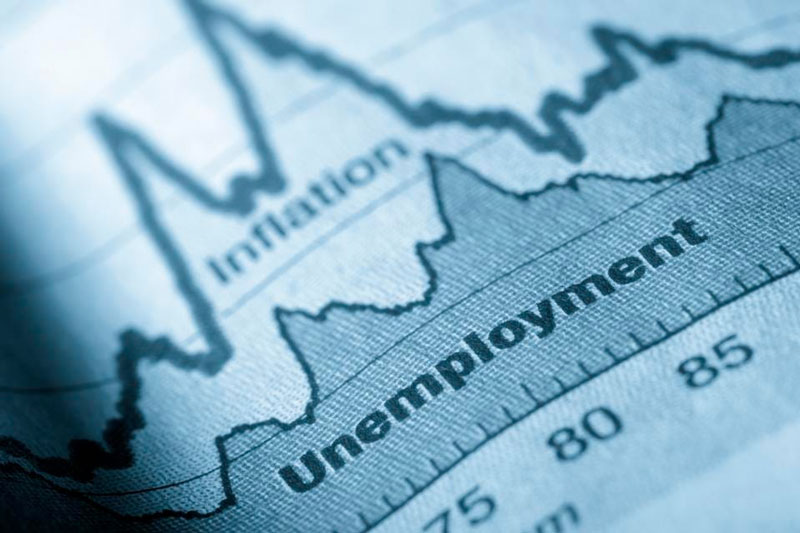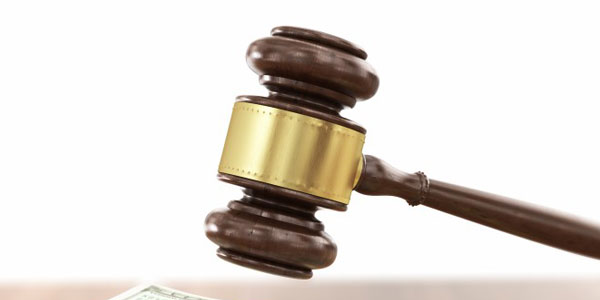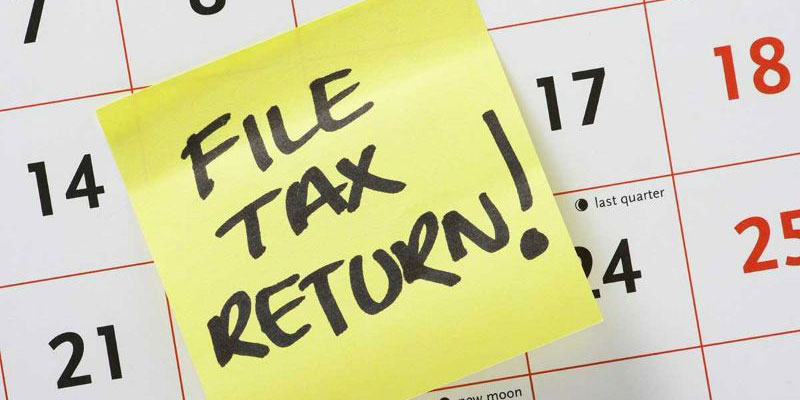Even though it's hard to know what the future holds, economic forecasting can provide some insight into what your near future will look like. It is via this method that economists can assess pertinent facts and make forecasts about the future of an economy. You may improve the quality of the choices you reach at work and in your private life by better understanding the process. This post will describe what fiscal prediction is and how organizations utilize it. Additionally, we will explore critical economic indications and detail the benefits and drawbacks of using economic prediction.
What Is Economic Forecasting?

A projection of the economy at some point in the future is meant by the term "economic forecasting." This method can speculate on levels of success experienced by various parts of the economy, such as unemployment or GDP. Economists use statistics and signals from the past, including inflation levels and joblessness, to forecast upcoming times. Analysts also consider all risk elements to forecasting the business's destiny, i.e., a financial crisis or an unexpected spike in electricity prices.
How Economic Forecasting works?
Many companies use economic forecasting to make significant judgments that can affect their future procedures or policies. For instance, employ forecasting techniques to make decisions on employment and expenditures that are significantly better informed. The company may be more inclined to host a recruiting event if an economist informs the company that joblessness rates are high. This will allow the company to entice the general public who are unemployed at the moment. It is common practice for large companies to employ their analysts within the company, so that management may devote their attention to evaluating projections that are applicable to the company.
Government authorities frequently use multiple techniques of forecasting to make informed judgments. Officials in government agencies look to the outcomes for guidance in developing and carrying out effective monetary and fiscal strategies in order to make any choices that have the potential to make an impact on the economy.
Economic Signals
To forecast the economy's future, economists look at several indicators. There are three distinct types, leading, trailing, and contemporary. Key metrics provide economists with more information about upcoming developments. Instead of assisting economists in tomorrow's forecasts, outcome indicators verify the general trends or actual outcomes predicted by other signals. The simultaneous metrics provide economists with additional information about the current industry, which enables them to create more educated forecasts.
The following is a list of some of the most frequent economic indicators that economists use to make forecasts regarding the upcoming times in the economic system:
GDP
The Gross Domestic Product (GDP) is a poor measure that analysts use to evaluate the state of the economy. This statistic reflects the total worth, in terms of market price, of all of a nation's products and services produced over a specific time frame, including the most recent year or quarterly. GDP is the measure that economists use to determine the rate at which the economy grows and compare it to growth rates seen in earlier time frames.
Expenditure approach
This method considers the overall amount of cash that was spent in the market over a specific period by all of its participants if you choose to utilize the spending method to compute GDP.
Profit margin
The whole income that the services and goods generated is taken into consideration by this method. If you choose to utilize the income technique to compute GDP,
Stock Economy
People would look to the financial markets as the main determinant because they use it to predict the future direction the business may go. For instance, if the market is down, companies do not anticipate earning very much in the months ahead, which suggests that the industry may be on the verge of entering a crisis.
When trying to predict the state of the economy, a significant number of individuals look to the financial markets, but it's not necessarily the most excellent indicator. Predictions of future earnings cannot be relied upon, and the prices of stocks are susceptible to operations that do not represent the state of the economy as it truly exists. Using one indicator in conjunction with yet another can assist economists in producing more precise results.
Unemployment Rate

The jobless rate is a delayed measure of an economy's health. A populace's unemployment rate can be expressed as a percentage of the total population. This is a valuable measure of the state of the economy since a low vacancy rate often indicates that firms are actively recruiting new employees. If firms are expanding their workforces, it indicates that they are doing well, which suggests that the economy as a whole is probably also doing well. In a similar vein, a low rate of unemployment is associated with a higher likelihood of employed individuals investing more money, which is beneficial to the economy.
Building Commences
The number of residential tends to start is an indicator that provides an estimate of homes that are getting building work done on them during a specific period. The NHA analyzes new home construction monthly and makes the results available to the general public. Economists analyze these data to determine the present state of the economy's finances. If many individuals are undertaking home improvements, they may have more discretionary income than normal; thus, the economy is probably doing better.
Pros of Economic Forecasting
There are several benefits associated with making projections about the direction of an economy, including the following examples:
- Start Projecting: The primary advantage of predicting is that it enables you to get insight into the possible outcomes of events that will occur in the future. If the prediction indicates that your sales are likely to grow, you can anticipate the resources, such as more inventory, that you need to plan.
- Evaluate Previous Patterns: It examines information from the past. You can utilize it to your advantage by learning from any organizational errors.
- Reduced expenses: If you are in the industrial sector, forecasting can assist you in reducing your expenses by allowing you to recognize the need for the product you make. This guarantees that you generate the correct quantity, preventing you from squandering resources on things in overabundance.
- Planning according to accurate information: Forecasting benefits every organization since it enables firms to prepare for their development. Businesses can make informed judgments regarding the policies and processes they implement to raise their levels of production and income.



